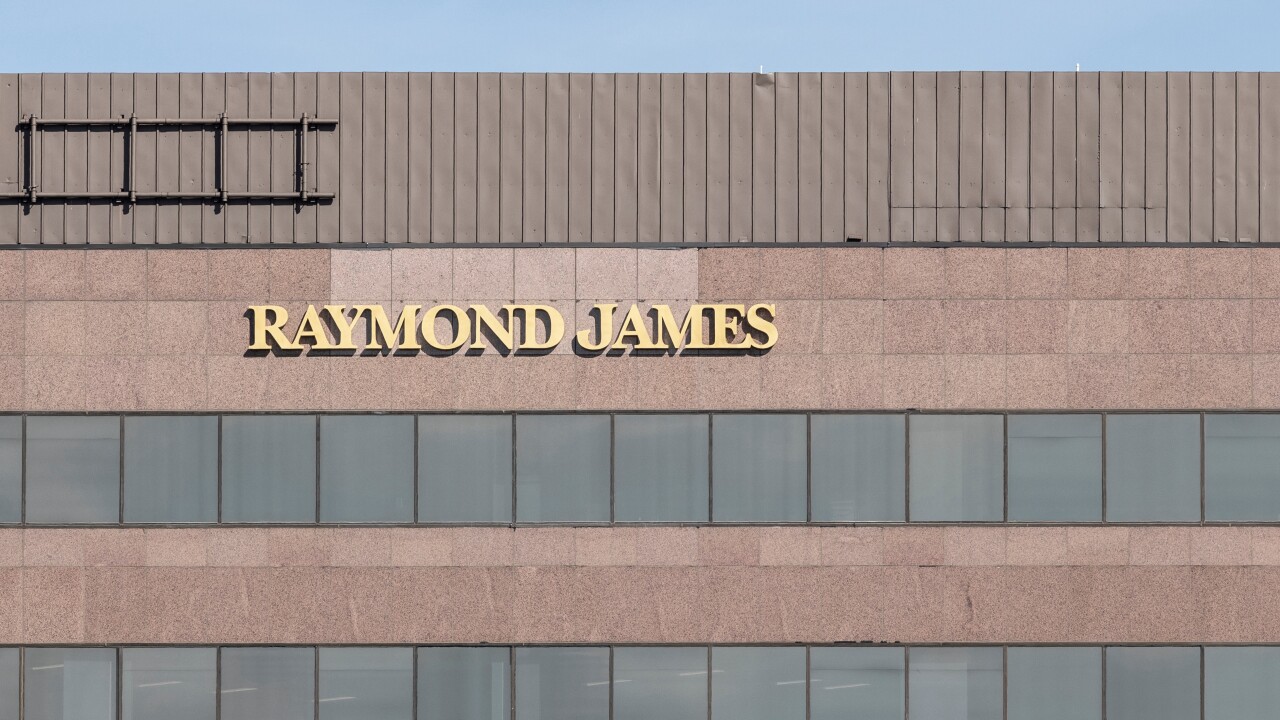As Chicago fund researcher Morningstar continues to make drastic changes to its portfolio analysis methodology this summer, financial planners and analysts say that by providing more specific categories, the revisions will significantly affect the way funds are marketed and sold.
Morningstar, whose databases and analytical models are widely used across the mutual fund industry, announced at its annual investment conference in Chicago last week that it will alter the way it categorizes the industry sectors that make up the global economy.
The revisions are intended to more accurately place funds, stocks and industries in the right categories, said Morningstar Managing Director Don Phillips. Morningstar's new categories for the global economy begin with three "super sectors": Information Economy, Service Economy and Manufacturing Economy.
Within those categories, Morningstar has broken each down into four additional sub-headings for a total of 12. These new categories are expected to provide more granularity for analyzing funds and stocks than the 10 categories they replace. For example, under the Information Economy sector, the firm now includes software, hardware and telecommunications. In its previous system, Morningstar lumped all three of these categories under technology. Morningstar's new system now offers the choice of consumer services and business services, replacing a single category called service.
If the firm is successful, portfolio managers and financial planners will be able to construct better portfolios and investors will have a better idea of what kind of performance to expect, Phillips said. In addition, Phillips said the changes will be integrated across Morningstar's product lines, including its Principa and Advisor Workstation products for financial advisers and its Data Lab system for portfolio managers.
Phillips said the revision is intended to capitalize on the lessons of the stock market boom of the 1990s and the ensuing technology stock crash at the decade's end. For example, analysts agree that "technology" is too broad a heading and that it clouded investors' understanding of whether their technology holdings were affected by manufacturing, telecommunications or other factors.
"We recognize that [a sector] isn't one big monolith," he said. "We're trying to learn lessons from the last war."
The announcement that Morngingstar will alter its sector categories comes on the heels of two other significant changes to the company's rating methods. In April, the firm said that it would alter its star-rating system, which has been in place since 1985 and is commonly used by investors for a quick analysis of a fund's overall quality. The firm previously employed only four broad asset classes: U.S. stock, international stock, taxable bond and municipal bond. Now Morningstar will use roughly 50 categories, including, for example, "specialty technology" and "diversified world" headings, to rate funds. The changes are expected to go into effect this week.
In addition, Morningstar also said in April that it will alter its style-box system, which uses a grid of nine boxes to evaluate whether a fund falls into value, growth or blend categories. While the old method evaluated the stocks in which funds invested based on two factors, price-to-earnings and price-to-book ratios, the new method employs 10 factors to determine a fund's investment style. The changes are expected to go into effect in the next few months.
Analysts say that the changes will likely benefit investors while, in some cases, bringing radical change to the industry landscape.
A report issued by Financial Research Corp. of Boston last month said that alterations to Morningstar's star-rating system will likely affect the way fund complexes market their products. Broad peer groups under the old rating system meant that specialized funds with promising ratios of risk and return didn't always get the accolades they deserved, the report said. With narrower categories, funds that perform well without taking on too much risk should consistently earn four- or five-star ratings, Morningstar's two highest honors. In fact, FRC predicts that fund companies will be able to "create literature and establish campaigns without fear of losing a top rating due to unfavorable market conditions for a particular investment style."
In addition, the report said that with Morningstar's top honors spread more evenly across an increased number of categories, complexes may be more likely to base their marketing campaigns upon the depth and breadth of product lines. That, according to FRC, is a contrast from the days of Morningstar's old rating system when only a few fund groups could "boast a lineup that featured four- or five-star funds across the multiplicity of style boxes and sectors, because when growth was hot, value was not and so on."
"They're big changes," said Matt McGinness, a senior analyst at Cerulli Associates, another Boston research firm. "Some of them are responses to longstanding critiques of [Morningstar's] analysis. Most people who dedicate a lot of their time to analyzing funds have said the star rating was not useful."
A common criticism, he said, was that in some cases small-cap funds were competing in the same arena as large-cap funds. But, with Morningstar's revisions, particularly its move to segregate the economy into 12 sub-categories, McGinness said Morningstar may succeed in helping investors better understand how their portfolios are allocated.





